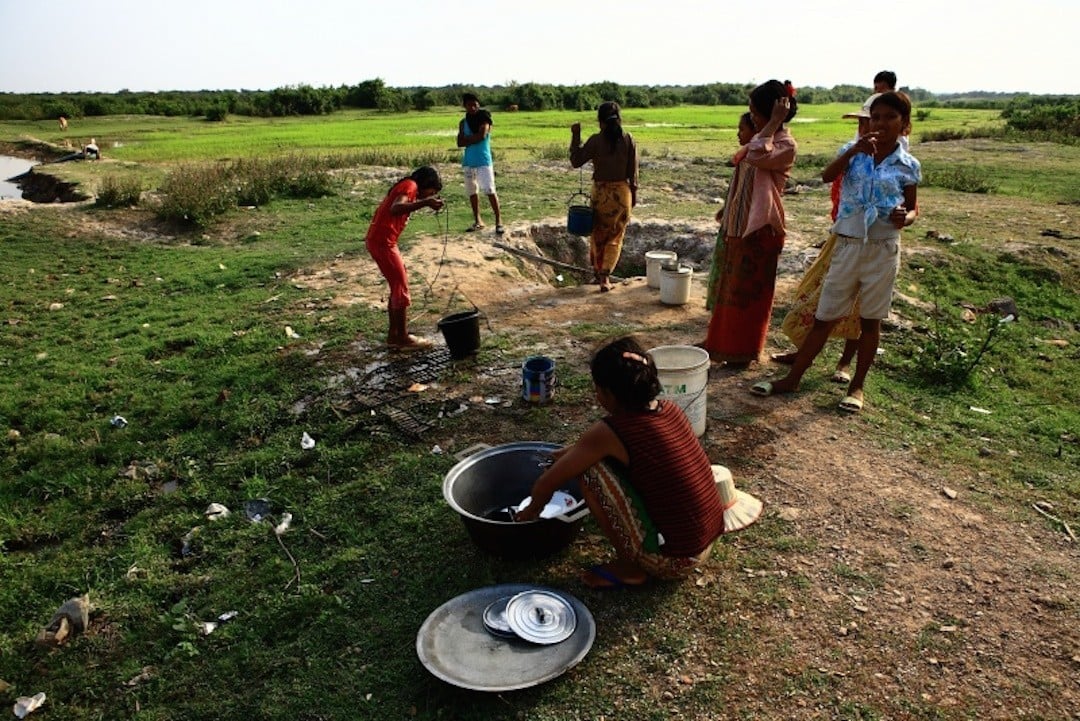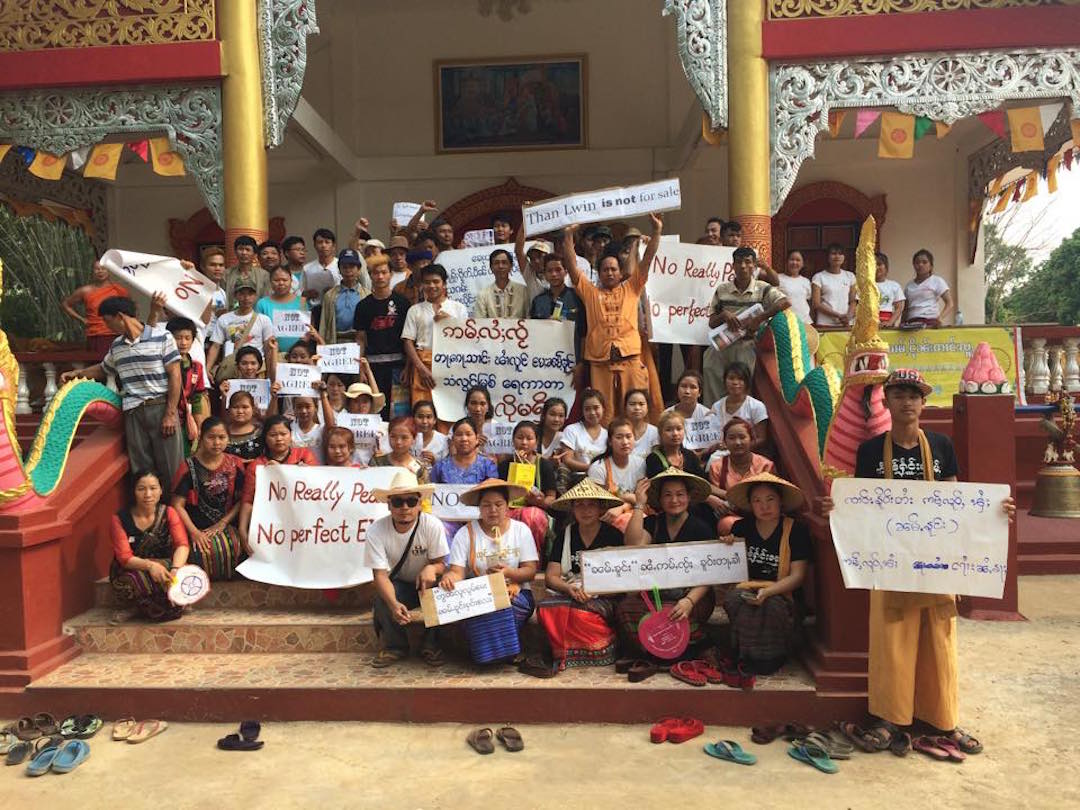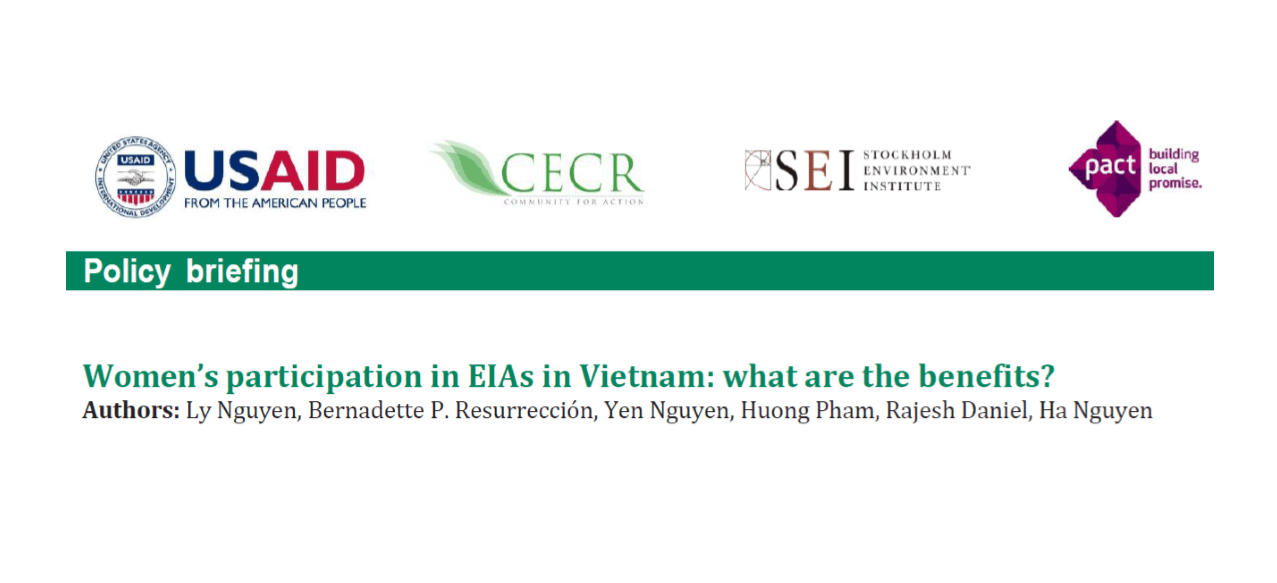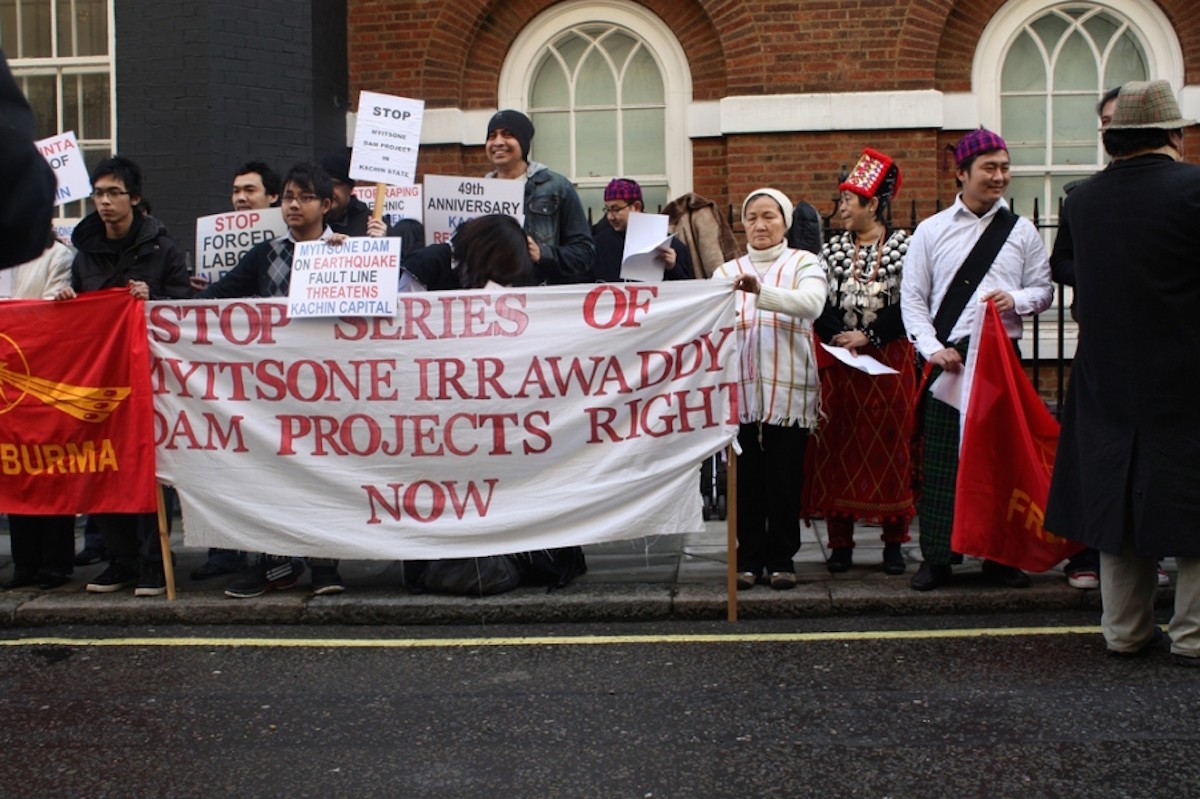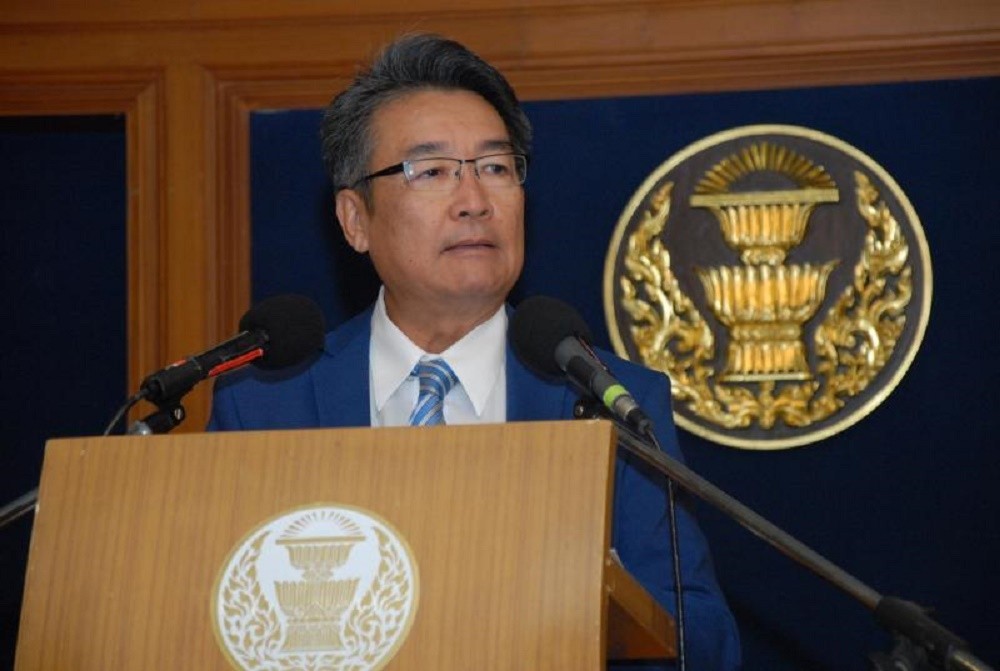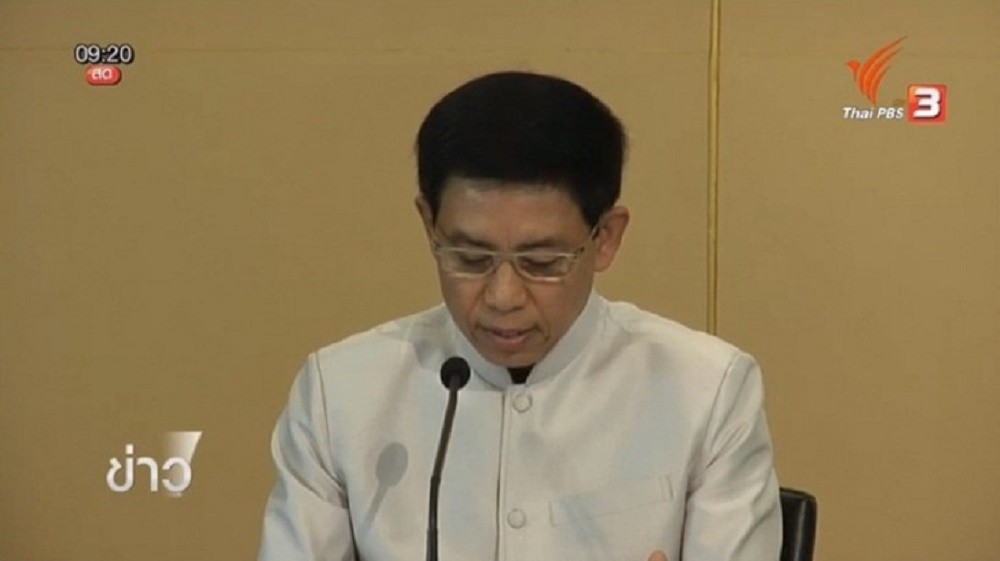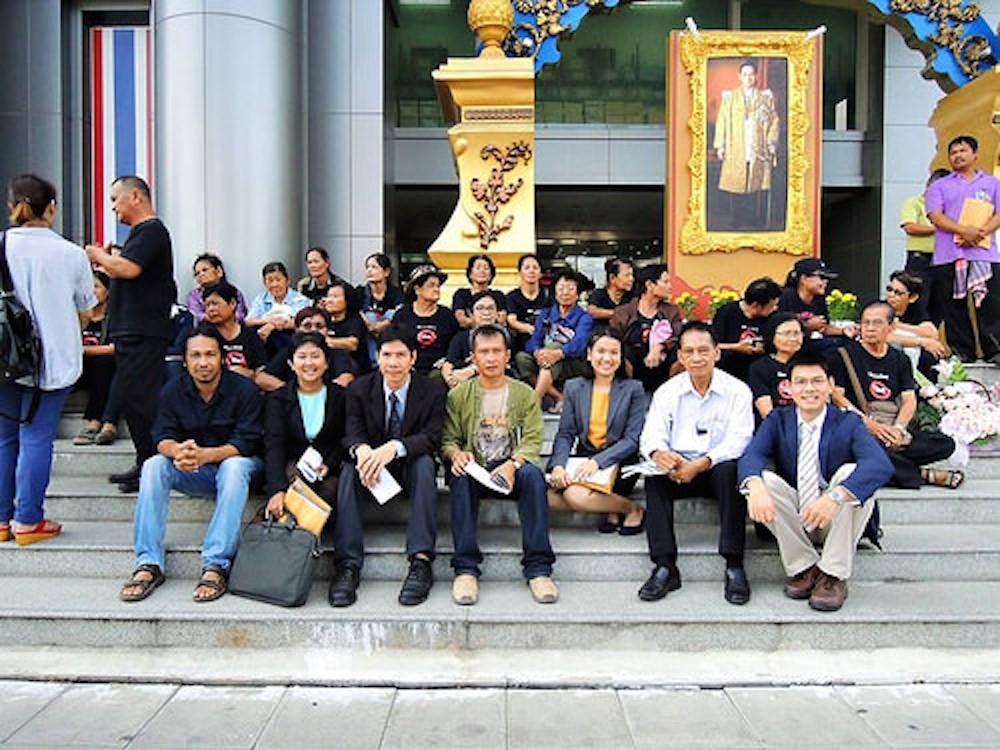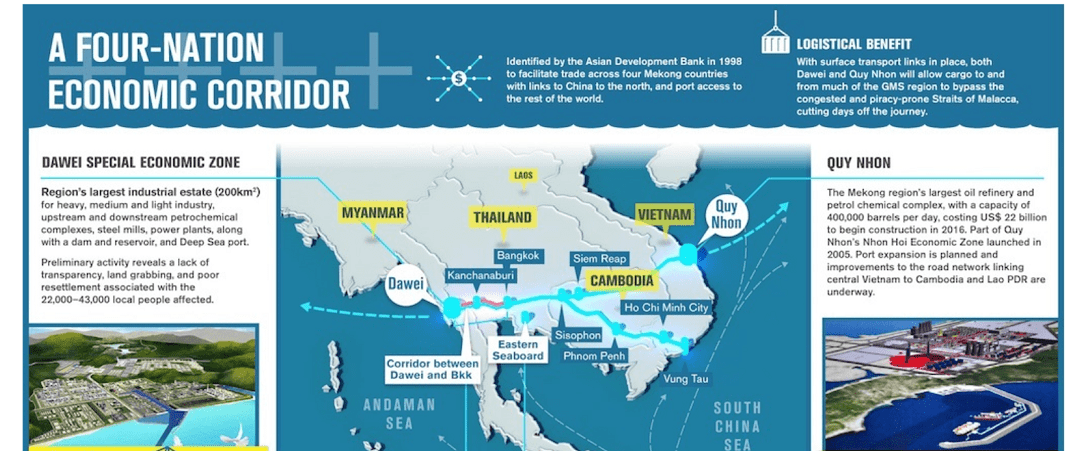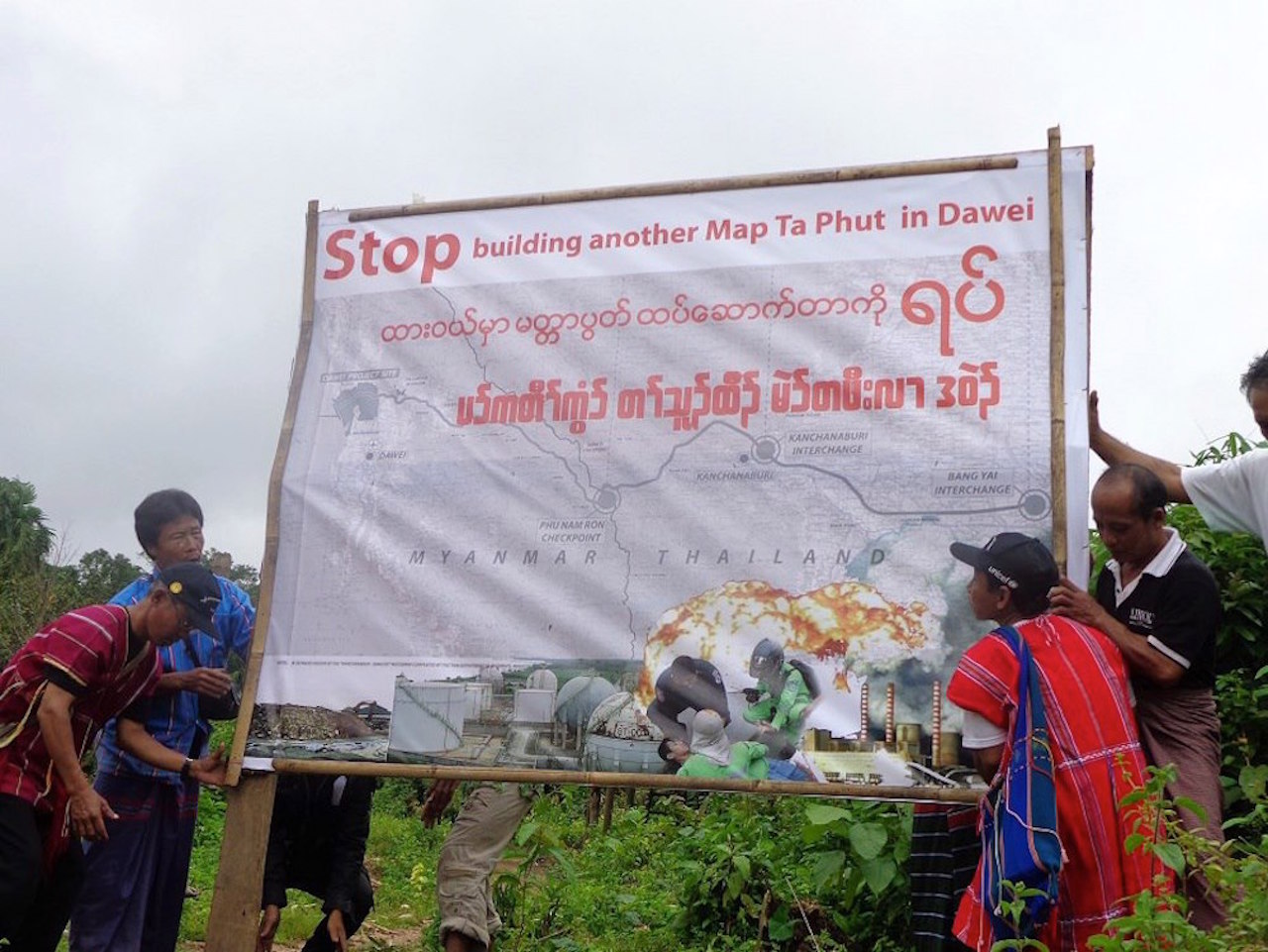Amid late-arriving rains and increasingly unpredictable weather patterns, groundwater supplies are shrinking, a fact that could leave 1.5 million Cambodian farmers unable to water their crops within 15 years, according to a study published last month in the Journal of Hydrology.
The study by Laura Erban and Steven Gorelick of the department of earth system science at Stanford University found that a growing reliance on groundwater use – which has grown by 10 per cent annually in recent years – may drop the water table below the “lift limit” of suction pump wells.
“Extensive groundwater irrigation jeopardises access for shallow domestic water supply wells, raises the costs of pumping for all groundwater users, and may exacerbate arsenic contamination and land subsidence that are already widespread hazards in the region,” the study authors wrote.
Even if the Kingdom starts drawing more irrigation water from rivers and lakes, its options are limited, the study found.


